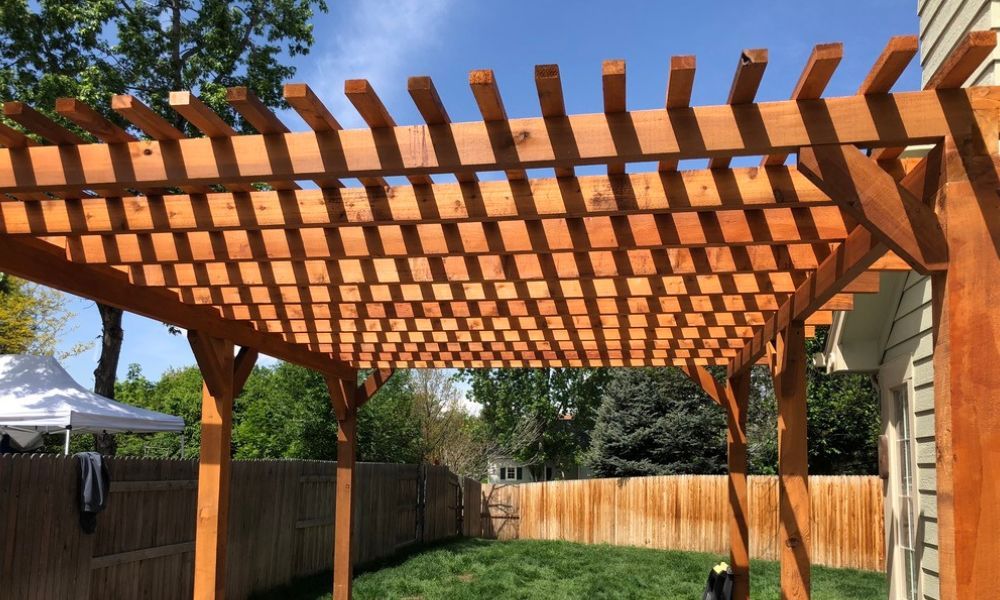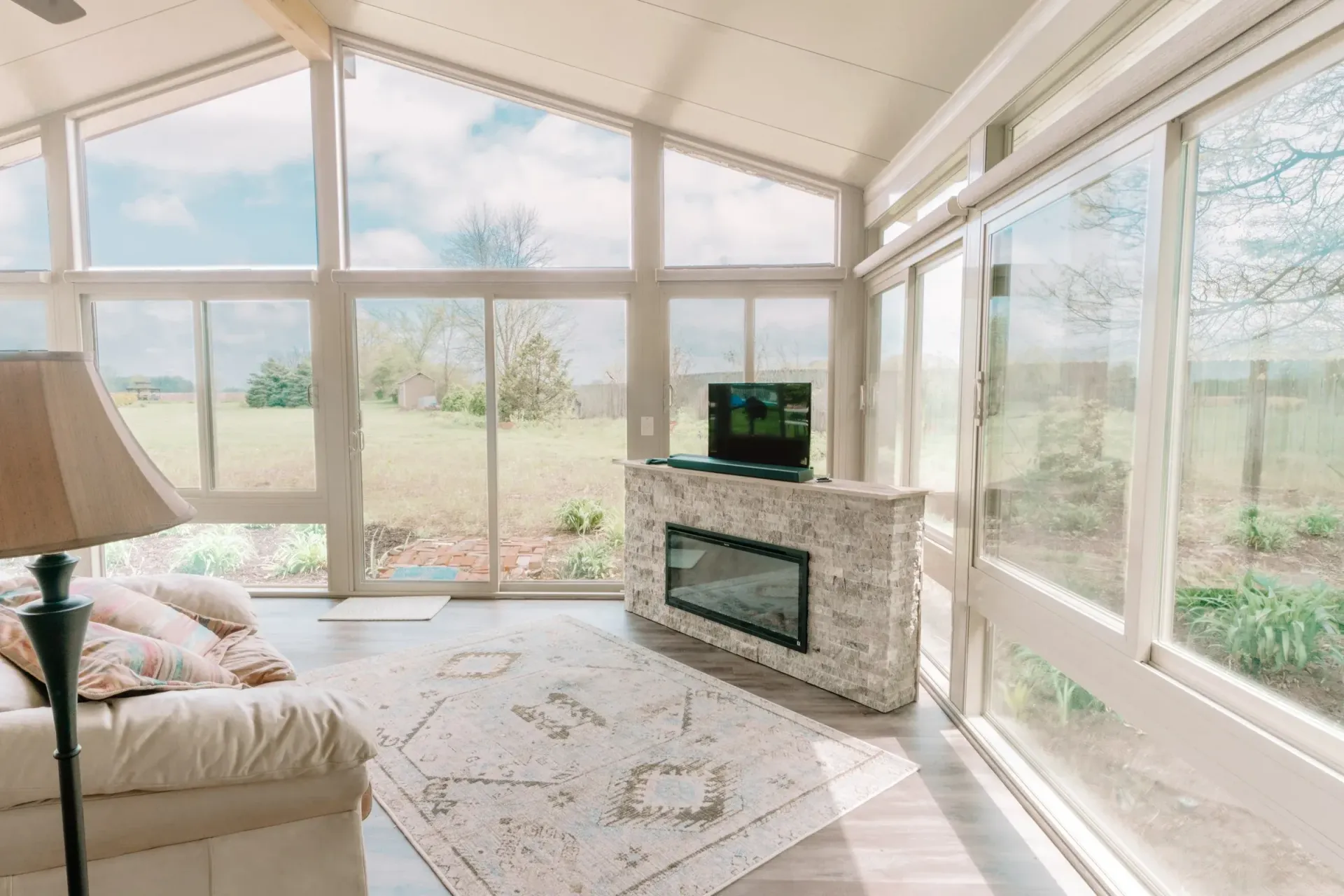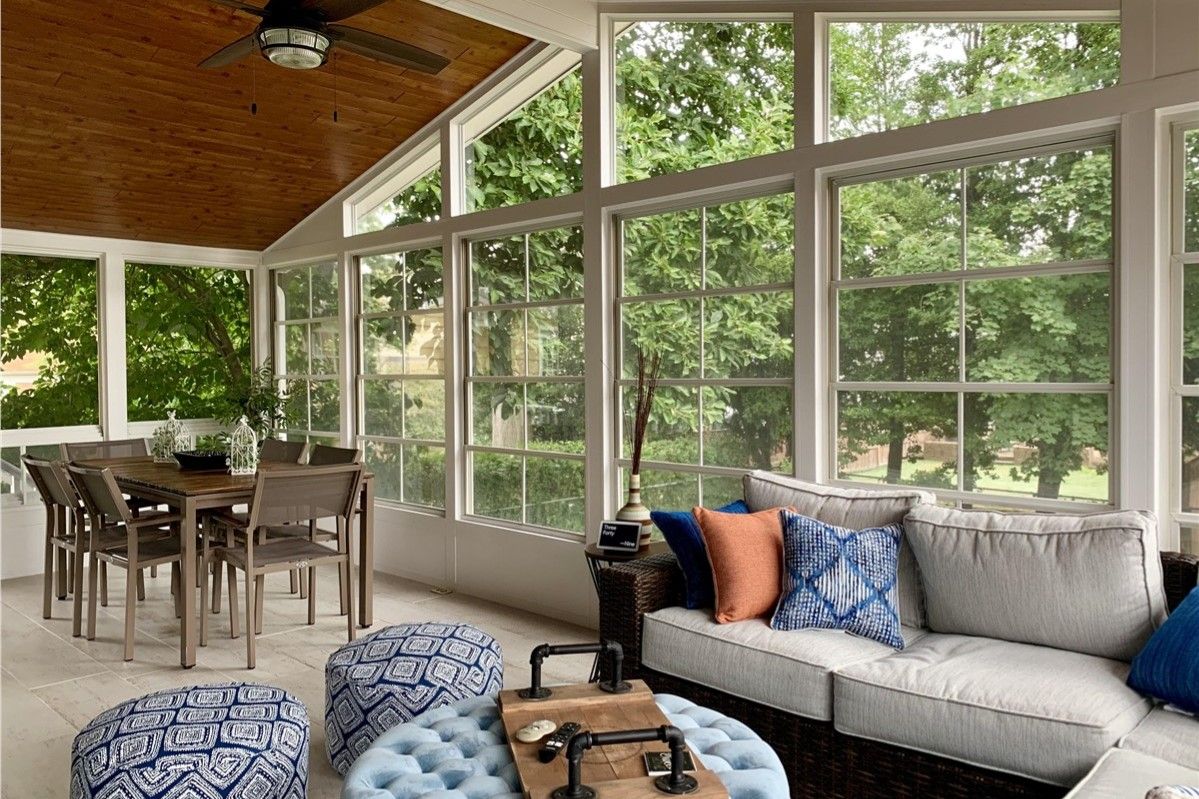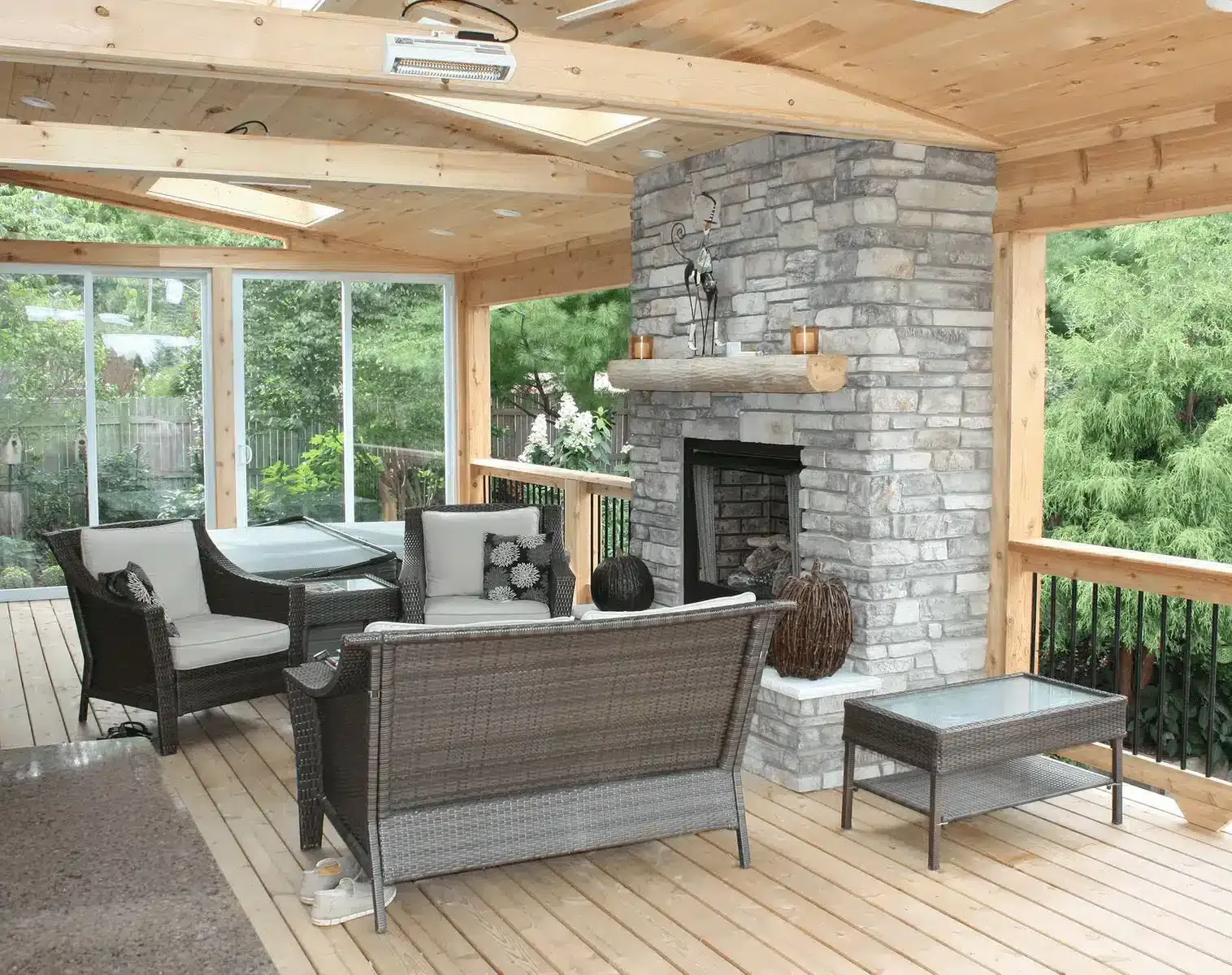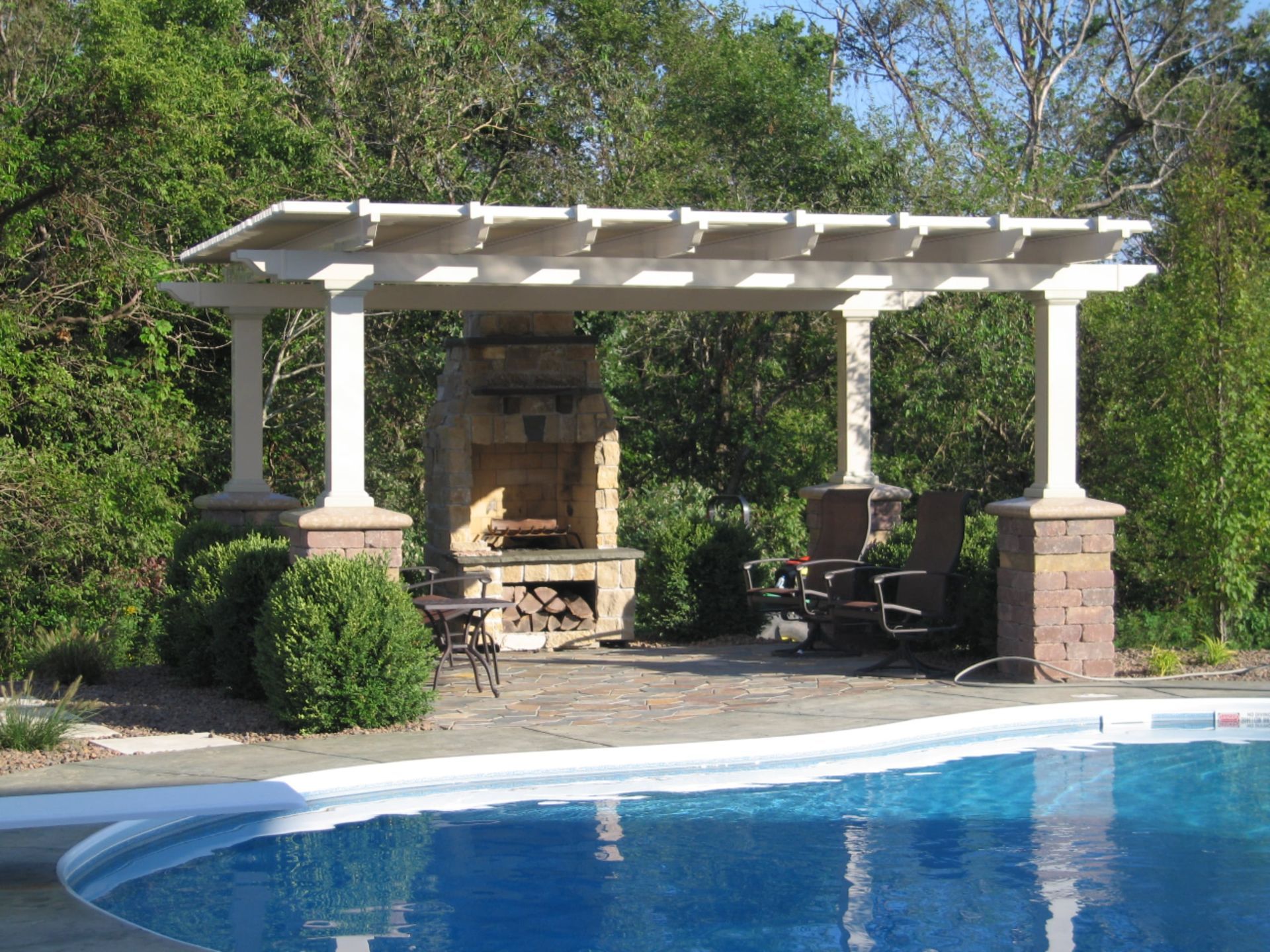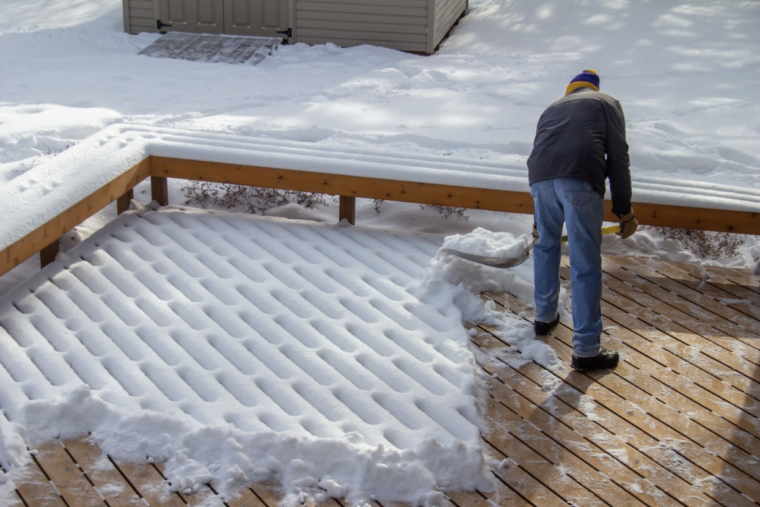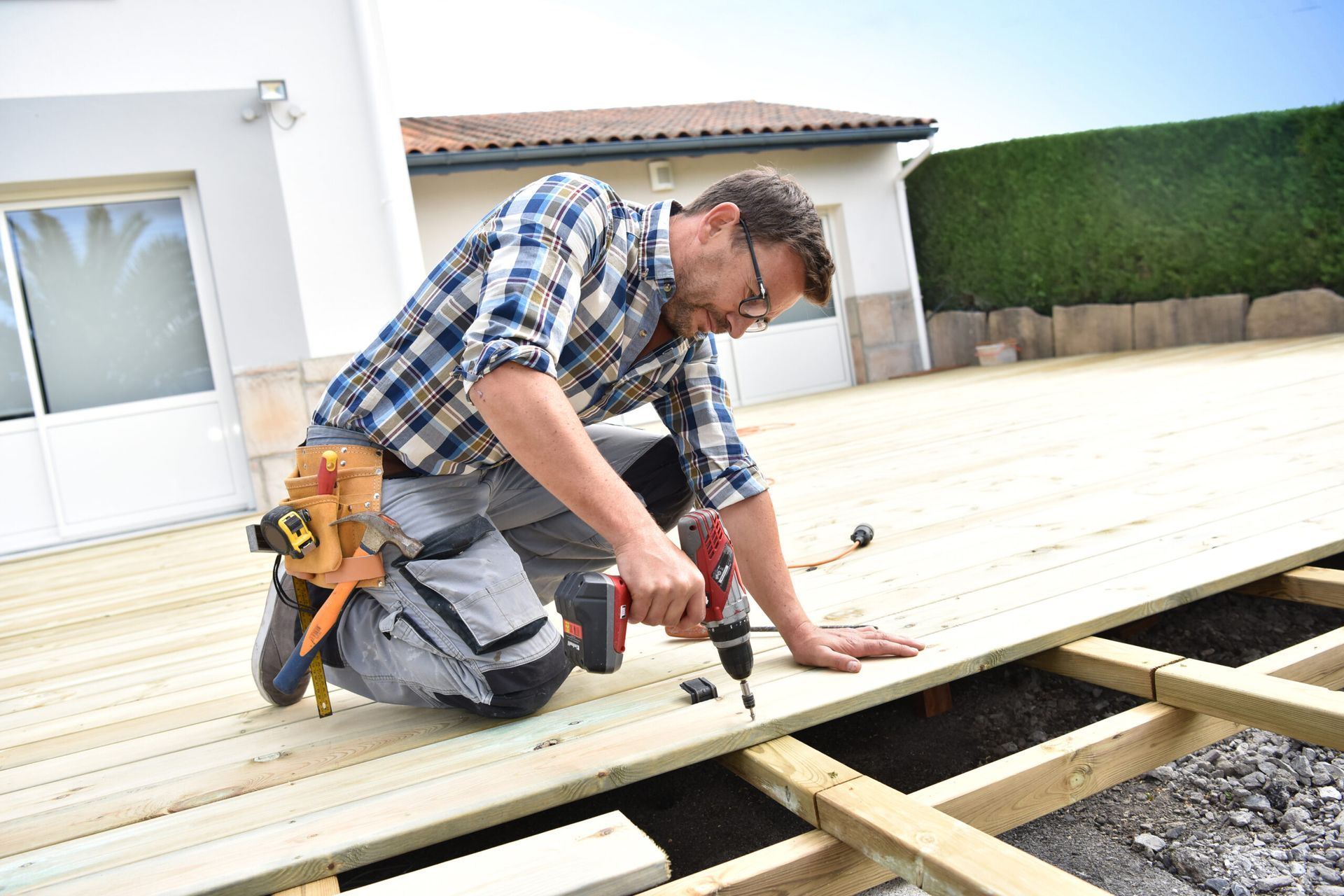How to Plan for a Successful Deck Building Project
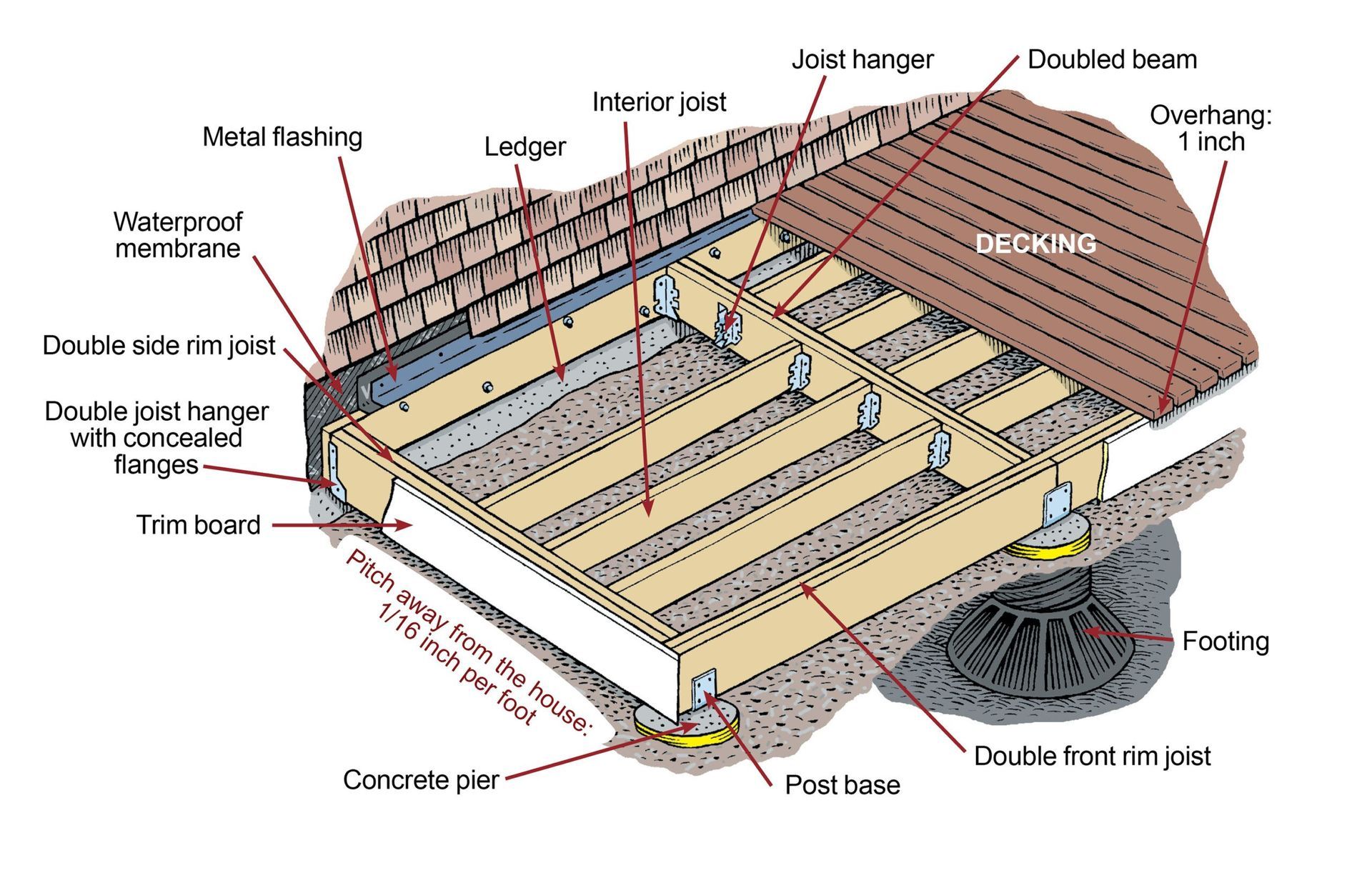
Step 1: Understand Your Needs
Before picking out materials or calling a contractor, it's essential to clearly define what you want from your new deck. Are you looking for a cozy spot to enjoy a morning coffee? Or perhaps you want a spacious area for hosting family barbecues? Understanding your goals will help guide the rest of your planning.
- Purpose of the Deck: Think about how you’ll use the space. Will it be for lounging, dining, or grilling? The function of your deck will influence its size and design.
- Desired Features: Do you want built-in seating, a railing system, or even an outdoor kitchen? These features will affect the design and cost.
Step 2: Set a Realistic Budget
Once you have a clear understanding of what you want, it's time to determine your budget. A successful deck building project requires careful financial planning to avoid unexpected costs later on.
- Materials: Decking materials can vary significantly in price. Wood is typically less expensive, while composite or PVC decking offers durability and low maintenance but comes at a higher cost.
- Labor: Hiring professionals to handle the construction may be an additional expense. While you might be able to save money with a DIY approach, a skilled contractor ensures that your deck is built to code and constructed properly.
- Permits and Fees: Some areas require a permit for deck construction. Be sure to factor in these costs when planning your budget.
Step 3: Choose the Right Materials
Selecting the materials for your deck is one of the most critical steps in the planning process. The material you choose will affect both the look and the longevity of your deck.
- Wood: Traditional wood decks, such as pressure-treated lumber, cedar, or redwood, are cost-effective and beautiful but require regular maintenance.
- Composite Decking: Made from a mix of wood fibers and plastic, composite decking offers durability and low maintenance, making it a popular choice for homeowners looking for a long-lasting option.
- PVC Decking: This material is entirely synthetic and offers excellent resistance to weather, stains, and fading. It’s also easy to maintain but can be more expensive than wood.
Each material has its pros and cons, so think about which option fits your aesthetic preferences, budget, and maintenance commitment.
Step 4: Design Your Deck
Designing your deck is where creativity meets practicality. A great design not only complements your home but also ensures functionality for years to come. Whether you want a small, simple platform or a multi-level deck, the design will impact the structure and layout.
- Deck Size and Shape: Decide how big or small you want your deck to be. Make sure it fits your yard and doesn’t overwhelm the space. A simple rectangular or square deck may work best for small yards, while larger areas may benefit from a more intricate design.
- Railing and Stairs: Think about the style and materials for your railings and stairs. Railing systems come in a variety of designs, from traditional wooden rails to modern glass or cable options. Ensure the style matches your home’s aesthetic.
- Flow and Functionality: The layout should allow for easy traffic flow and make sense for how you plan to use the space. Keep in mind where furniture will go, as well as any features you want to incorporate, like a fire pit or a hot tub.
Step 5: Get the Necessary Permits
Before breaking ground, make sure you have the necessary permits. Depending on your location, most deck construction projects require a permit. Failing to obtain one can result in fines or having to tear down your deck.
- Local Codes and Regulations: Contact your local building department to learn about regulations specific to deck construction in your area. This might include height restrictions, railing requirements, and deck setback guidelines.
- Inspections: After construction is complete, an inspection may be required to ensure the deck meets all safety standards. Your contractor can help with this process, making sure everything is up to code.
Step 6: Hire a Professional or Go DIY?
At this stage, you may be wondering whether to hire a professional contractor or take on the project yourself. Both options have their pros and cons, but the choice ultimately depends on your skill level, timeline, and budget.
- DIY Deck Building: Building your deck can be a rewarding experience and may save you money on labor costs. However, it requires a significant time commitment and skill to ensure the deck is built correctly and safely.
- Hiring a Professional: A professional deck builder brings experience, knowledge, and the necessary tools to ensure a smooth project. If you choose to hire someone, it’s essential to vet contractors thoroughly, checking their references and verifying they are licensed and insured.
Step 7: Prepare Your Property for Construction
Before construction begins, make sure your yard is ready. This preparation will help ensure the building process goes smoothly and without any surprises.
- Clear the Area: Remove any obstacles, including plants, rocks, and debris, from the area where the deck will be built. This gives the contractors ample space to work.
- Mark the Boundaries: If you’re working with a professional, they will handle marking the boundaries of your deck. If you're doing it yourself, be sure to measure and mark accurately to avoid mistakes during construction.
- Check for Underground Utilities: Call 811 to mark any underground utilities before you start digging. It’s important to avoid damaging gas, water, or electrical lines.
Step 8: Finalize Your Timeline
Establish a timeline for your project. Depending on the complexity of your deck, construction can take anywhere from a few days to several weeks. Be sure to factor in any delays, such as weather or shipping delays for materials.
- Realistic Expectations: Make sure your timeline accounts for all stages, including site preparation, material delivery, construction, and inspection.
- Communicate with Your Contractor: If you’re working with a contractor, stay in regular contact to stay informed about the progress. This way, you can address any issues that arise promptly.
Step 9: Start Building!
With all the preparation in place, it’s time to start building. If you’ve hired a professional, you can sit back and watch as your vision comes to life. If you’re taking a DIY approach, be sure to follow the plans and take your time with each step.
- Safety First: Whether you’re working alone or with a contractor, safety should always be a top priority. Use the proper tools and materials, and don’t cut corners on important steps like securing the posts and ensuring the foundation is solid.
Conclusion: Plan Your Deck Project for Success
In summary, a successful deck project begins with thorough planning. By taking the time to define your needs, set a budget, choose the right materials, and follow the proper steps, you’ll be well on your way to enjoying a beautiful, functional outdoor space. Whether you’re building your deck yourself or hiring a contractor, preparation is key. At Lakeside Deck Builders, we’re here to guide you through the entire process, ensuring your deck project is a success from start to finish.
Ready to start your deck construction? Contact us today at (262) 221-4321 to get your project underway.
Frequently Asked Questions
1. Why is deck building planning important for my project?
Proper deck building planning ensures your project runs smoothly and efficiently. By defining your goals, setting a realistic budget, and choosing the right materials, you avoid costly mistakes and delays. This preparation is crucial for creating a deck that matches your needs and enhances your outdoor space. Skipping this step can lead to unexpected problems down the road.
2. What are the key steps for a successful deck project?
A successful deck project involves several key steps:
Clearly define the purpose of the deck.
Set a realistic budget, factoring in materials, labor, and permits.
Choose durable materials that suit your needs.
Design the deck layout for functionality and aesthetics.
Obtain the necessary permits and hire a qualified contractor if needed. These steps ensure that your deck is built to last and meets your expectations.
3. How do I prepare for deck construction to avoid delays?
Deck construction preparation is essential to avoid delays. Start by ensuring the area is cleared of any debris and obstacles. Mark the boundaries of the deck and check for any underground utilities that could cause issues. Additionally, confirm that you have the necessary permits and have chosen your materials. Proper preparation allows the project to move forward without unexpected setbacks.
4. Can I build my deck myself, or should I hire a professional for a successful deck project?
While building a deck yourself can save money, hiring a professional can ensure a successful deck project. Professionals bring experience, the right tools, and knowledge of building codes. They handle deck construction preparation and design with expertise, reducing the risk of mistakes. If you're unsure about your ability to complete the project, it's wise to consult with a contractor.
5. What materials should I choose during deck building planning?
During deck building planning, choosing the right materials is crucial for both aesthetics and durability. Pressure-treated wood, cedar, and redwood are popular options for wood decks, while composite and PVC decking provide low maintenance and long-lasting performance. Your choice should be based on your budget, maintenance preference, and the climate of your area, ensuring that your deck lasts for years to come
Explore More Blogs
QUICK LINKS
CONTACT US
Copyright © 2023
Lakeside Deck Builders, All Rights Reserved.


